Comprehensive Guide to Eyelid Surgery Dubai:
Enhancing Beauty and Vision
Eyelid surgery, also known as blepharoplasty, has gained significant popularity in Dubai as a transformative cosmetic procedure that not only enhances one's appearance but can also address functional issues related to vision.
It usually involves either removal of excess eyelid skin, adddressing congenital or acquired condition called ptosis, improve the visual field by addressing the eyelids stretch that happens naturally with age.
This comprehensive guide aims to provide valuable insights for individuals interested in eyelid surgery, offering a detailed exploration of the procedure, its benefits, considerations, and the expertise available in Dubai's renowned medical landscape.
Upper Eyelids and Lower Eyelids
While both upper and lower eyelids can be candidates for blepharoplasty, the upper eyelids are more commonly addressed due to several reasons:
Drooping and Excess Skin
Over time, the skin of the upper eyelids can lose its elasticity, leading to drooping or excess skin that hangs over the eyelashes. This can result in a tired or aged appearance and, in some cases, even obstruct the field of vision.
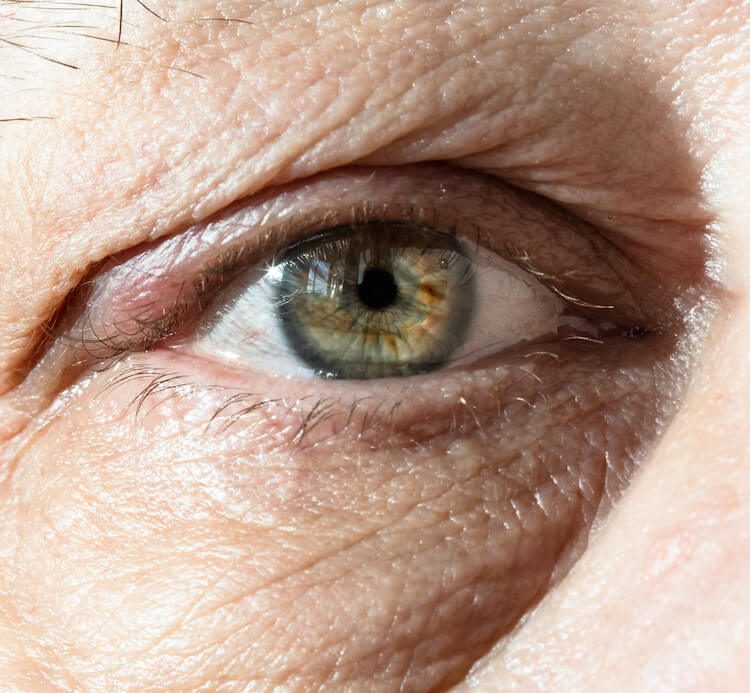
Functional Impairment
Severe drooping of the upper eyelids (ptosis) can lead to functional impairment by obstructing the line of sight. In such cases, blepharoplasty not only enhances aesthetics but also improves vision.
Fat Deposits
The upper eyelids can develop excess fat deposits, resulting in a puffy appearance. Blepharoplasty can involve the removal or repositioning of these fat deposits to create a smoother eyelid contour.
Eyelid Crease
The presence of an eyelid crease is more prominent in the upper eyelid. Some individuals may lack a defined crease, and blepharoplasty can create or enhance this crease for aesthetic reasons.
Aesthetic Enhancement
The upper eyelids are a significant contributor to facial aesthetics. Addressing issues such as sagging, puffiness, or excess skin through blepharoplasty can rejuvenate the overall appearance, making individuals look more rested and youthful.
Potential Benefits of Eyelid Surgery
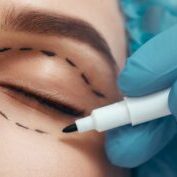
Eyelid surgery in Dubai is a specialized cosmetic procedure that targets the upper and/or lower eyelids.
Whether it's addressing drooping eyelids, excess skin, or improving vision obstructed by sagging eyelids, this surgical intervention holds immense potential for both aesthetic enhancement and functional improvement.
Who is a Good Fit for Eyelid Surgery?
The decision to undergo eyelid surgery should be made after a thorough assessment of one's individual goals and medical considerations.
Understanding whether you are a suitable candidate requires an in-depth physical exam with a qualified medical professional.
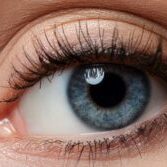
Factors such as age, overall health, and expectations play a crucial role in determining eligibility. Consulting with an experienced plastic surgeon in Dubai that specialises in Blephoroplasty can provide personalized insights and recommendations.
What does an Eyelid Surgery Procedure Involve?
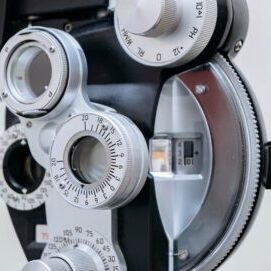
Eyelid surgery typically involves making precise incisions along the natural creases of the eyelids to remove excess skin, reposition fat, and address muscle laxity.
Advanced techniques ensure minimal scarring and natural-looking results. The choice between upper eyelid, lower eyelid, or both is tailored to individual needs.
What does an Eyelid Surgery Procedure Involve?
Eyelid surgery typically involves making precise incisions along the natural creases of the eyelids to remove excess skin, reposition fat, and address muscle laxity.
Advanced techniques ensure minimal scarring and natural-looking results. The choice between upper eyelid, lower eyelid, or both is tailored to individual needs.
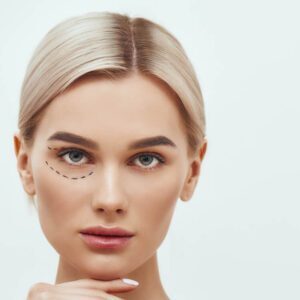
What are the risks involved?
The decision to undergo eyelid surgery involves careful consideration of potential risks and complications.
While eyelid surgery is generally safe when performed by experienced surgeons, it's important to be aware of possible risks.
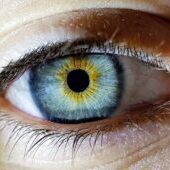
Temporary discomfort, bruising, and swelling are common after the procedure, but these effects gradually diminish during the recovery period.
Some patients may experience dry eyes temporarily due to altered tear production. Surgeons provide detailed post-operative care instructions to mitigate these effects and ensure a smooth recovery.
Patients with certain medical conditions, such as neurological disorders like myasthenia gravis, need thorough assessment to determine their candidacy for surgery. Surgeons work closely with patients to understand their medical history and address any potential complications.
MEET OUR PLASTIC SURGERY TEAM
- All
- Plastic Surgery
Customizing Solutions: Tailored Approaches for Different Needs
One of the remarkable aspects of eyelid surgery is its versatility in addressing a range of concerns. For individuals with congenital ptosis, a condition where the upper eyelid droops due to weak levator muscles, ptosis surgery offers a tailored solution. Surgeons meticulously strengthen the levator muscle to lift the eyelid and restore a symmetrical appearance.
Similarly, reconstructive surgery is a powerful tool for individuals who have undergone significant weight loss and are left with excess skin. By removing this excess skin, surgeons sculpt a more harmonious facial profile.
What is Ptosis?
Ptosis refers to the drooping or sagging of the upper eyelid, which can partially or completely cover the eye's pupil, affecting vision and overall appearance. It can either be congenital or acquired ptosis.
Ptosis surgery is specifically designed to address this eyelid abnormality and restore a more natural eyelid position for improved vision and aesthetics.
What Causes Ptosis?
Ptosis can occur due to the natural weakening in the muscle strength of the eyelids in older age, it can also be congenital ptosis or be caused by neurological disorders or third nerve palsy which can also contribute to the weakening of these muscles. Other causes include injuries, trauma or muscle/nerve damage.
What is Ptosis Treatment?
Treating ptosis symptoms requires the intervention of a surgeon to help address the upper eyelids sag and reposition the drooping eyelid.
The exact method is a choice made depending on the underlying cause and severity as well as the patient's own wishes. In the operation, the surgeon makes a small incision and, depending on the cause of ptosis, may tighten or reposition the levator muscle responsible for the lifting of the eyelid.
Contact Lenses and Blepharoplasty
If you have droopy eyelids and are considering blepharoplasty, wearing contact lenses might not be as comfortable or effective.
The sagging of the upper eyelids can potentially interfere with the proper placement and movement of contact lenses.

In some cases, the contact lens may not sit correctly on the eye's surface due to the obstructed field caused by drooping eyelids. This can result in discomfort, dryness, and blurred vision.
After undergoing blepharoplasty, there will be a recovery period during which you might need to avoid wearing contact lenses.
The surgery involves incisions, tissue manipulation, and sutures, and wearing contact lenses during this time can increase the risk of complications or discomfort.
It's essential to follow your surgeon's post-operative care instructions diligently to ensure optimal healing.
Other issues to be aware of when it comes to considering eyelid surgery whether for medical reasons or aesthetically to address droopy eyelids include:
Lazy Eye (Amblyopia)
Lazy eye, also known as amblyopia, is a condition where one eye has reduced visual acuity, often due to a misalignment or refractive error.
It can be caused by a lack of visual stimulation during early childhood. While eyelid surgery primarily focuses on the physical aspects of the eyelids, addressing conditions like lazy eye may require collaboration with a pediatric ophthalmologist.
Eyelid surgery can contribute to improving the overall appearance of the eyes, potentially boosting self-confidence and self-esteem in individuals with amblyopia.
Double Vision
Double vision, or diplopia, can occur when the muscles responsible for eye movement are affected by conditions such as third nerve palsy or myasthenia gravis. In some cases, ptosis (drooping eyelids) can be a symptom of these conditions, leading to double vision.
Oculoplastic surgeons, with their specialized training in both ophthalmology and plastic surgery, can provide comprehensive care for individuals with ptosis and related eye muscle issues.
Please Remember
It's important to disclose any herbal supplements that you are taking to your surgeon before eyelid surgery. Some herbal supplements can interfere with blood clotting and anesthesia, potentially affecting healing times and surgical outcomes.
For instance, supplements like ginkgo biloba and high doses of vitamin E might increase the risk of bleeding. It's crucial to inform your surgeon about any supplements you're taking to ensure their safe and successful interaction with the surgical process.
At Valiant Clinic, individuals seeking eyelid surgery have access to highly skilled oculoplastic surgeons who excel in various aspects of eyelid procedures. Dr. Werner H. Beekman, with his extensive experience in plastic and reconstructive surgery, specializes in procedures that enhance natural features and harmonize them with each patient's unique personality. Dr. Rory McGoldrick, an English board-certified plastic surgeon, offers his expertise in aesthetic breast surgery, non-surgical rejuvenation, and body contouring. Dr. Martain Loonen, a board-certified consultant plastic surgeon, brings 14 years of experience to the field, particularly in post-bariatric surgery and medical management.
